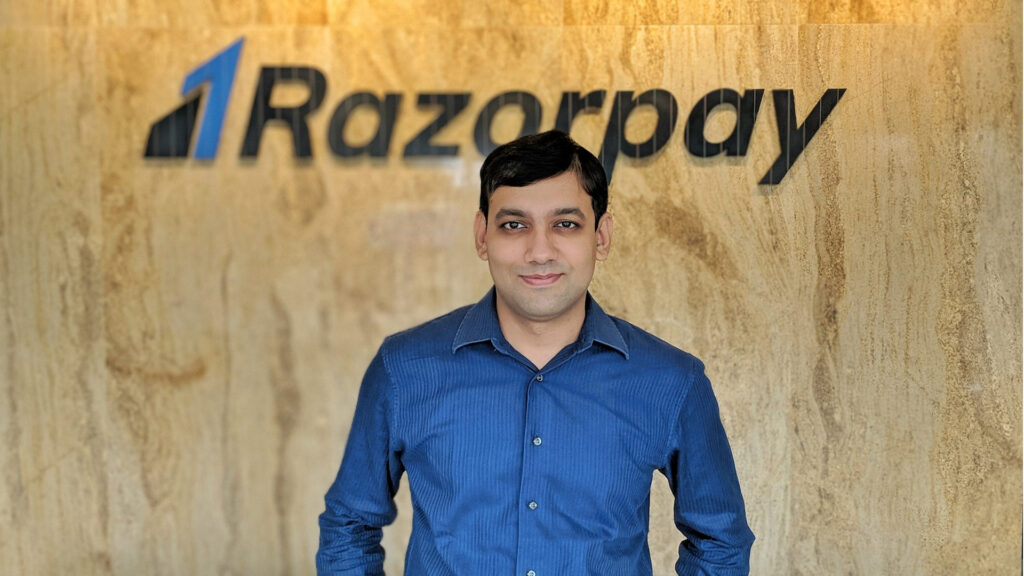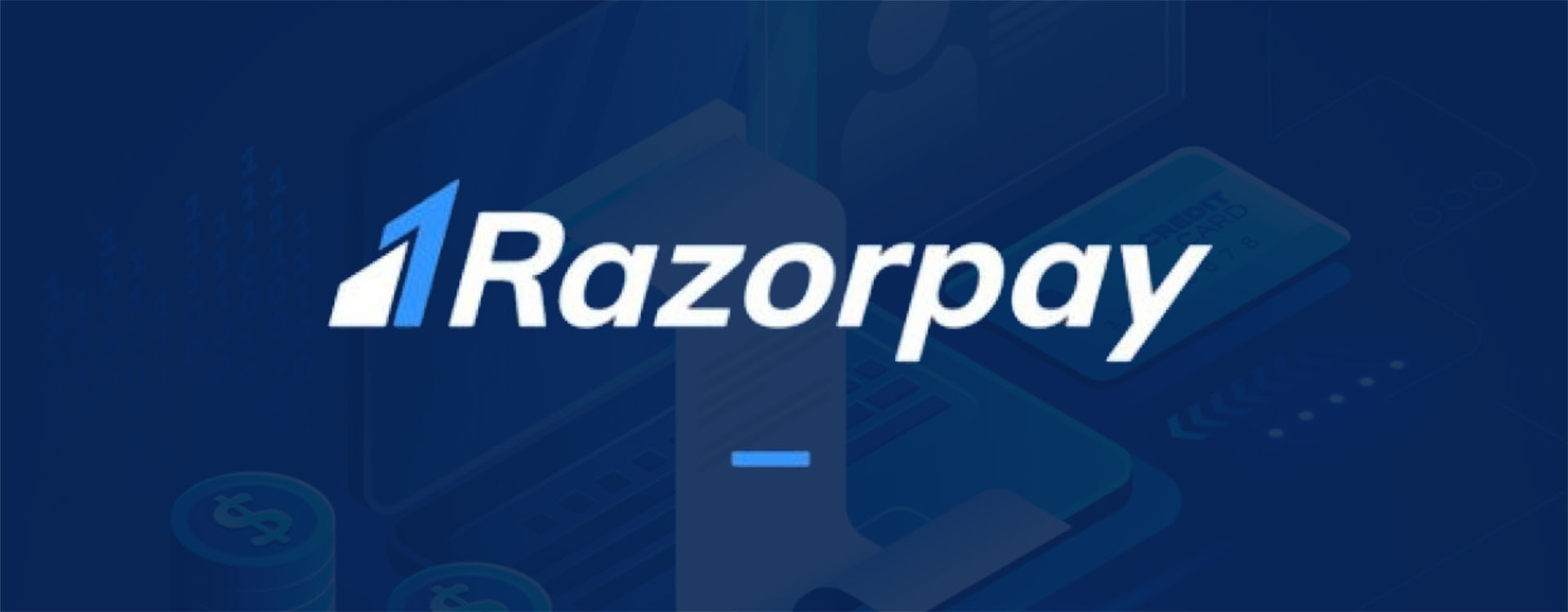From the days of justifying every payment they made for necessary items from the college seed fund to raising 100 million for their company making it the part of the coveted unicorn club, Harshil and Shashank of Razorpay have come a long way.
Payment gateway ecosystem in India is a huge market to capitalise upon, participating in this league requires a robust mechanism of logistics and financial compliance at every step. Razorpay, today, is a legion of internet based financial solution services and is the latest entrant in the list of unicorns in India.
Payment gateway services are part of the fintech industry that has increasingly garnered interest from investors. The Fintech industry’s investment in India in recent years has been larger than even developed nations of Asia. In that, payment gateway services are an indication of India’s increasing digital penetration in the SMBs (small and medium businesses) sector. This makes us per the McKinney and Company report, one of the world’s largest financial technology markets.
Razorpay, a payment solution provider service originated out of the same need basis of lack of solutions that the enterprises were being made to do with when it came to payments online. Back in the days, both buddies from IIT, started working on projects together while being on their respective jobs. For one of their projects, they had to accept an online payment. This is when, as per Harshil, as he has told in several interviews in public domain, they realised how “difficult” it is to accept online payments in India for a start-up. This is early 2010s and the lag India had in the whole payment ecosystem could be seen by Harshil and Shashank.
Nobody cared for Start-ups
Back in 2014, most banking facilities online or other financial services were designed to support established enterprises. A well-established business would definitely have supportive documents to provide, paperwork readiness and an office to show to the loan issuers or creditors. Most of the start-ups however depended on an online business model. This model though wasn’t sufficient at that time for them to elicit proper technical support from banks. The start-up ecosystem does not operate the way companies do. Lack of physical infrastructure is an accepted and expected situation for any new start-up. Specially, e-commerce platforms depend on selling and buying without such requirements. This same roadblock for a side project of Shashank and Harshil proved influential in their quest to create something that is going to revolutionize the way transactions were being carried out for small and growing businesses.

‘‘
The Razorpay intent was clear: Help start-ups grow, their growth will help Razor pay grow
Things are never sailing at the start. More so when something big is in the boiler! Initially, with the payment gateway concept in mind, the co-founders went off to discuss it with nearby banks. As near as the bank next door. Finding the right kind of person to understand the vision that Razorpay was trying to ensue in the mainstream financial manner of working. From banks to banks, door to door, it was a tough nut to crack for Razor pay. Going by the start-up culture folklore based out of actual words of the maverick, Harshil himself, as he has shared publicly, Razor pay was rejected by almost 100 banks before getting finally noticed. A young bank manager, to their luck, finally understood their concept. This was Razorpay’s first major milestone.
Their success then ushered in its own path with their correct choices along the path. The Razorpay intent was clear: Help start-ups grow, their growth will help Razor pay grow. It would be wrong to say that Razor pay was the first major payment gateway service provider by that time. Despite that, the caveats were staring right at the face. The target for most of the biggest players was of enterprises. Enterprises are easy to provide payment services because of their readiness with compliance, legalities and infrastructural demands. Not a single payment gateway company was ready to lend a hand to newbies of the business world. Companies that just grew like a sapling from an idea. Those that did not have logistical know-how of working with banks and integrating themselves with their modus operandi. All that these start-ups had to offer was their services. For Razorpay, that was enough.
This opportunity was spotted timely by Harshil and Shashank. Razorpay kept a vision of faith in the world of start-ups in India. The traditional sector like housing, hospitality, public administration and health were eventually going to get replaced or moulded into the start-up ecosystem. And so, they did.
Taking start-ups under their wings was to scale parallelly with the start-ups. Several Razor pay’s major clients today were newly seed funded companies. As their days bloomed, so did the payment volumes they accepted. Whom did they carry out these transactions through? Razorpay.
Another breakthrough moment for the company was in the year 2015. Razor pay got selected for the highly coveted start-up funding and accelerator program based in the US, Y Combinator. Getting into such globally recognised start-up funding programmes is never an easy task. Y Combinator has a reputation for launching start-ups that are now household names. Gitlab, Reddit, Airbnb, Twitch to name a few. That was their first official seed funding amounting to $2.5 million. From there on till 2010, things have been smoothed for Razorpay when it comes to raising funds. Latest of which is from Sequoia Capital India, GIC with a mix of more investors bringing in a huge $100 million investment. Making it India’s newest unicorn member.
Proposition and Business Model
Let’s talk about the business model of this payment gateway service, Razorpay kept a visionary stance that moulded gradually in their business profile rather than pushing it in one go. Instead of unnecessary early diversification, they kept things at minimum and took a smart short-cut route to get a footing in this side of fintech. Footing before foothold for any new start-up is a tough self-constraint to have, however Razorpay were perfectly cautious. They initially only offered only payment gateway services. To capture the market provided by new start-ups, which was initially limited to offering easy to be integrated application programming interfaces for businesses which enables them to carry out online transactions. This is a reliable and complete suite which offers management of invoices, disbursement of payment, reconciliation and keeping track of other monetary transactions. This is the first and foremost requirement of most new businesses. Razorpay was ready to serve them the same. As is often quoted by the founders of Razorpay, they had “300 businesses onboard from the day of launch.” The credit to such a fine start was in the change they were trying to bring by proving to be instrumental in the growth of businesses by bringing them in the financial ecosystem.
Expanding the wings
After a while, Razorpay could finally expand and become the providers of the financial ecosystem for start-ups and not just processing of payments. This is when after a few initial years, they launched Razorpay Capital and Razorpay X. While the former is a lending venture to help small and medium enterprises, the latter is a neo banking platform. Today, their standing is not as a payment gateway provider but as a solutions provider of all kind’s financial services. You want to lend money, borrow money, manage money to accept it, one size fits all approach of Razorpay effectively does it.
The latest of Razorpay’s offering is the neo banking solution that is simply replicating the options a bank could provide to a disruptor business but with much smarter solutions. As Dutch Uncle understands from Razorpay’s humongous success, once the trick of the trade is learnt from the industry in initial phases, a business idea could very well later on expand to become a de facto revolution in the industry itself.
Their revenue model is simple. A commission-based integration of services. More the transaction that the start-ups do, more will be their profit based on a set commission.
Intense Competition
Razorpay was neither the first and nor will it rule like a monopoly despite its growth rate. The competition in the payment gateway industry is getting stiff. However, competition for Razorpay seems to be walking on an equal tightrope because for Razorpay, growth has been in triple digits. In the year 2020, Razorpay in a press note shared that their growth is over 300% in the later months of the year. This is of importance to note that this growth is being talked about when the world has come to familiarise itself with only one word and that is “slump”. Economic slumber led by a pandemic has stiffened the spines of this start-up which grew even more aggressively. Since the world started parking its buses at homes and internet solutions started mushrooming everywhere, Razorpay now had to just focus on quick integration. New merchants were bound to appear and so they did.
‘‘
A well-established business would definitely have supportive documents to provide, an office to show to the loan issuers or creditors. Most of the start-ups however depended on an online business model. This model though wasn’t sufficient at that time for them to elicit proper technical support from banks. Their came the solution- Razorpay.
On the other hand, Instamojo, CC Avenue, PayPal, PayUMoney and EBS have continued to grow as well. The commission fee is something that merchants can always decide, keeping in mind that even a 0.5% percent change in transaction fee can benefit them greatly. This is where despite its class services Razorpay faces a stiff competition. For example, CashFree, another payment gateway service provider offers a 1.75% transaction fee. PayU levies 2% transaction fee. In International transactions, on the other side, Razorpay is much more affordable than Paypal, which is one of the leaders of intercontinental transactions. Paypal puts a transaction fee of 4.4% in comparison to Razorpay’s 3%. CCAvenue on the other hand has the same transaction fee as Razorpay across. While Mobikwik has gone ahead with a negotiable commissioning method. On a different note, Razorpay’s annual conferences on Fintech industry is graced by almost all the founders and chief executives from the above-mentioned companies.
Onto greater heights
While the competition will continue to grow as the MSMEs comeback post-pandemic now appears on the cards, Razorpay keeps edging past. Their most recent integration with PayPal gives their merchants an opportunity to grow internationally as well. For a brand that has witnessed 500 percent growth, a target of payment volume amounting to $50 billion by next year, is not looking like a dream. That aside, if we go by a report by Finextra, a regular 40% plus growth month-on-month is an exceptional feat.
For Razorpay, capital in hand, with its unprecedented funding and a model to utilize it is key. The future of the company looks well placed in the hands of two-pronged sectors. One, the domestic market that continues to grow and second, the South Asian market that is evolving, financially speaking, on a similar plane. With larger improvements like upgradation of neo-banking platform in sight and smaller like introducing multilingual checkout page Razorpay looks ready.
For more such interesting stories, follow our Inspire section.




